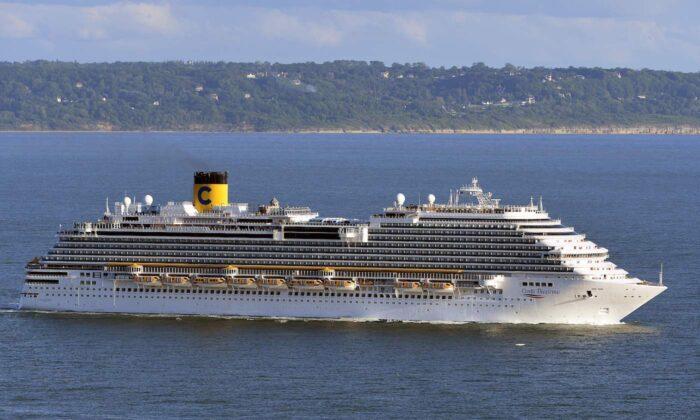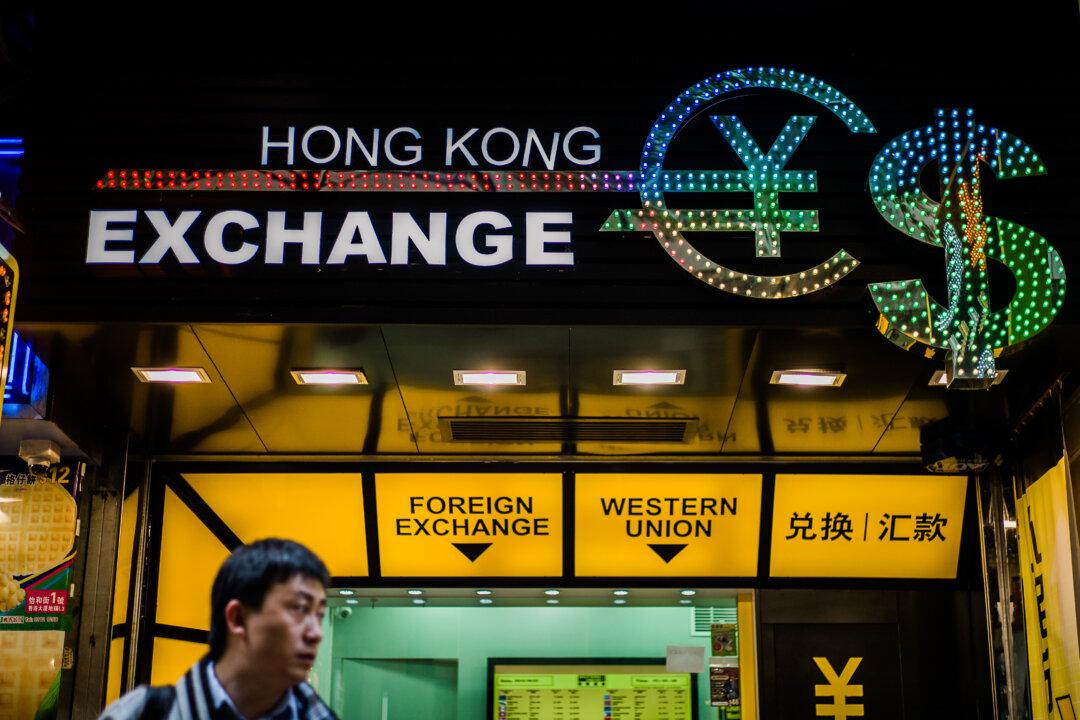Costa Cruises, a unit of U.S. cruising giant Carnival, is canceling all future Asia departures amid diminishing hopes for Beijing to ease its zero-COVID approach and stringent border restrictions in the foreseeable future.
The Asian cruise market includes China, Hong Kong, Taiwan, Japan, and South Korea, with China as the largest market. According to Chinese state-run Xinhua News, the number of cruise passengers in China reached 2.19 million in 2018, accounting for over 50 percent of total cruise passengers in Asia.
45 Percent Market Share
Costa Cruises was founded in 1854 in Genoa, Italy. In 1997, the company was acquired by Carnival, the world’s largest cruise company based in Miami, Florida. The acquisition made Carnival Cruise the largest in the industry, reaching a 45 percent market share in 2021.
The Italian cruise line had earlier entered the Chinese market in 2006 as the first international cruise line to operate homeport cruises in the country, offering sailing roundtrips out of Shanghai. Over the years, the company has deployed many cruise vessels such as Costa Atlantica, Costa Serena, and Costa neoRomantica to operate a number of routes out of the Shanghai homeport.
In May 2019, “Costa Venezia,” the company’s new and largest cruise ship at the time, debuted in Shanghai. The vessel is over 1,000 feet long and can accommodate over 4,200 passengers. It was originally intended exclusively for the Chinese market but was later transferred to serve Europe and other regions due to China’s stringent COVID-19 restrictions.
It was not just Costa Cruises. Cruise companies worldwide were optimistic about the Chinese market prior to the COVID-19 pandemic.
Impact of COVID-19
The COVID-19 pandemic has severely impacted the global cruise line industry. The more notable incident was the British-registered luxury cruise ship Diamond Princess operated by U.S.-headquartered Princess Cruises.In early 2020, shortly after the start of the COVID-19 pandemic, Diamond Princess was forced to quarantine over 3,700 passengers for two weeks amid an outbreak. More than 700 passengers onboard were infected with the virus, while 14 reportedly died.

The two years following the COVID-19 pandemic had been a tough time for the cruise industry, with vessels worldwide reporting COVID-19 outbreaks onboard and having to quarantine passengers.
The first year of the pandemic was the most challenging for the cruise industry. Since then, countries have started to ease pandemic measures and travel restrictions, allowing a gradual recovery of the industry.
According to a Cruise Industry News report published in October, 371 cruise ships from 83 cruise brands are now in operation, accounting for 86.2 percent of the global fleet and 93.5 percent of the service capacity.
However, while countries worldwide have completely lifted or substantially eased COVID-related travel restrictions, China has shown no signs of easing its stringent zero-COVID policy.
Chinese leader Xi Jinping’s remarks at the recently-concluded 20th Party congress appear to dash the hopes of Chinese people looking for signs of the policy loosening. The draconian approach aims to eliminate every infection among communities through strict lockdowns, repeated testing, and mass surveillance.

At the opening ceremony, Xi said the Chinese Communist Party “prioritized the people and their lives above all else and tenaciously pursued [a] dynamic zero-COVID policy in launching all-out people’s war against the virus.”
Chinese media Caixin reported that the bulk of Costa Cruises’ employees in the Chinese market had already left the company, including the head of its China business Ye Peng.
Costa Cruises is not alone in withdrawing from operations in Asia. In May, U.S.-based Norwegian Cruise Line announced the cancellation of all of its upcoming 2022-2023 fall and winter sailings in Asia, relocating its vessels to Europe instead.






